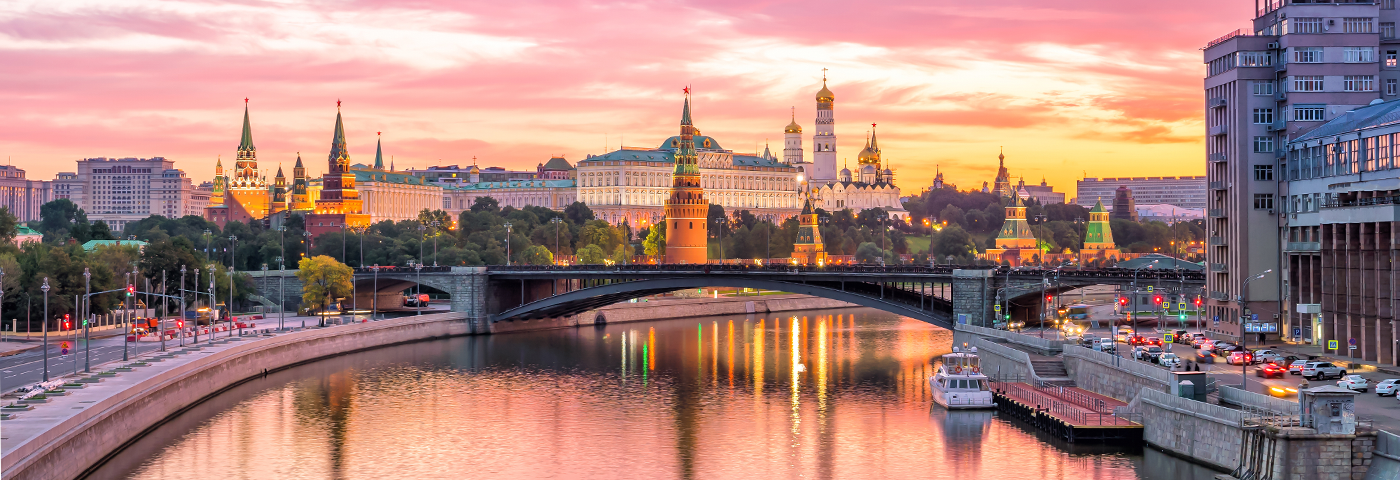Russia
Jews have lived in Russia in large numbers since at least the 7th century. When Lithuania took control of the western part of Russia during the 14th century, many Jews moved there and to Ukraine. The Chmielnicki pogroms of the 17th century took a major toll on those communities and in 1791, under Russian control again, the Jews were confined to living in a restricted area called the Pale of Settlement. During the reign of Nicholas I at the beginning of the 19th century, Jews were conscripted into the Russian army at age 12 and forced to spend years in the service. Though conditions improved after the death of Nicholas I, another wave of pogroms began after the assassination of Alexander II in 1881.
During the lead-up to the revolution in 1917, Jews made up a disproportionate number of the Russian radicals, in part due to the rampant anti-Semitism that defined their lives in Czarist Russia. Though the the provisional government that took control of Russia did away with all restrictions on Russian Jews, that government was soon overthrown and anti-Semitism returned with a vengeance. Under Soviet rule, Jews and Jewish culture were largely suppressed leading to an underground Jewish and Zionist community. Many of those Jews requested visas to leave Russia, often to move to Israel. Those whose visa applications were denied were called refuseniks with Anatoly Sharansky, later known as Natan Sharansky, the most famous among them.
When the Soviet Union collapsed, millions of Jews left Russia for Israel and the United States. Today, there are fewer than 200,000 Jews left in Russia.
PLACES OF INTEREST
- Shalom Moscow Jewish Theater
Leningradsky Prospekt 71 G
- The Jewish Museum and Tolerance Center
Obraztsova St., 11, build. 1A, Moscow
+7 (495) 645-05-50
- Moscow Choral Synagogue
Bol.Spasoglinishchevskiy pereulok, 10
Moscow 101000, Russia
- Historical Museum of Birobidzhan
Permanent exhibit, “To Be or Not To Be: Repressed Jewish Culture in the Jewish Autonomous Oblast.”
SYNAGOGUES
- Choral Synagogue
Bolshoy Spasogolinischevsky Lane, 12, Moscow
- Jewish Community of Saint Petersburg
Lermontovsky 2, Saint Petersburg, Russia
+7 (812) 713-8186
February 18, 2019



